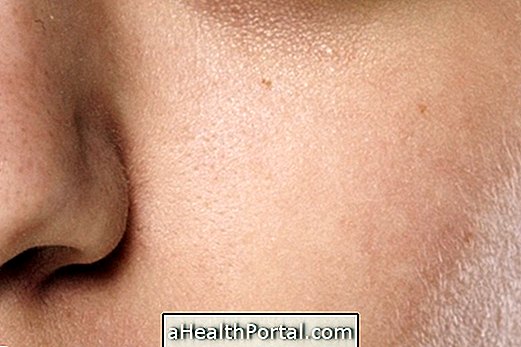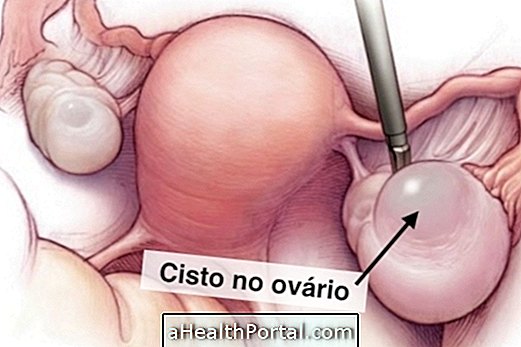The best ways to treat baldness and disguise hair loss are by taking medicines, applying creams or using wigs, for example. In addition, in some cases, one can also choose to do a hair transplant, especially when the other treatments do not produce the desired effects.
However, baldness treatment is usually not necessary because in most cases hair loss is a natural process that arises due to aging or that develops due to a health problem such as thyroid disorders, infections or diabetes, for example.
1. Taking Baldness Remedies


The main remedy used for baldness is Finasteride, a tablet that must be ingested every day and that prevents the formation of a hormone, known as DHT, that hinders hair growth. Thus, hair is expected to regrow after 3 to 6 months after initiation of treatment. However, this remedy is only indicated for the treatment of male pattern baldness, and in the case of female pattern baldness, baldness creams are generally indicated.
In addition, when baldness is caused by problems that affect the immune system the dermatologist may also indicate the use of corticosteroid injections in the affected site to lessen the effect of the immune system and allow the hair to grow more easily.
Get to know a more complete list in: Remedies for baldness.
2. Pass baldness creams


The most commonly used creams for baldness are:
- Minoxidil: is a substance that can be bought in pharmacies without a prescription and that facilitates hair growth. Usually the first results of the use of Minoxidil appear after 3 months of use of the cream.
- Ditranol: is a cream that should be prescribed by the dermatologist and applied before bathing to stimulate the growth of new hair.
- Corticosteroid ointments: are used when baldness is caused by problems of the immune system and should always be prescribed by a doctor.
Generally, these baldness creams should be applied daily on the scalp or as directed by the dermatologist.
3. Do hair transplantation


Hair transplantation is a type of surgical treatment that can be used to treat baldness and is usually used when the remedies and creams do not show any type of result.
Generally, to perform hair transplantation, the surgeon removes a small portion of the scalp from one part of the head with lots of hair and then divides the sample into individual hair strands which are then placed in the hair-free locations to promote hair growth. new wires.
However, capillary transplantation is a process that can cost up to 30 thousand reais, as it must be done in private clinics and is not covered by the SUS or health plans.
4. Wear wigs


Wigs are an easy way to disguise hair loss caused by baldness at least while other treatments do not show the intended results. The two main options of wigs include:
- Synthetic acrylic wigs: they are the type of wigs most indicated and cheap, with prices between 50 and 100 reais, however, only last about 6 to 9 months;
- Wigs with natural hair: they are more indicated than synthetic ones because they allow the skin to breathe properly, produce a more real effect and last up to 4 years, however, its cost is approximately 1000 reais and need more care.
So to choose the best type of wig it is advised to consult the dermatologist to evaluate the options available according to the characteristics of baldness and scalp skin.
What can cause baldness
To choose the most appropriate treatment for baldness first it is recommended to consult a dermatologist to identify the cause of hair loss, the most common being:
- Male or female baldness: it happens due to the process of natural aging, being able to begin from the 20 years, but being more visible after the 50.
- Androgenic baldness: it is the most frequent cause of baldness, occurring due to hereditary factors and excess of the male hormone testosterone. It is more common in men and hair loss can begin as early as adolescence;
- Baldness areata: occurs due to problems affecting the immune system, such as hyperthyroidism or diabetes, and causes small circular areas without hair.
- Scarring baldness: it is the fall of hair caused by diseases that weaken the root of the hair like scleroderma or lichen planus, for example.
- Telogen Effluvium: It is one of the most common causes of hair loss and happens due to hormonal changes, excessive stress, infections or after surgeries, for example.
- Efluvio anagen: is triggered by cancer treatments such as chemotherapy or radiotherapy, and comes a few weeks after the start of treatment.
So depending on the cause of baldness the doctor will indicate the most appropriate treatment to achieve the best results in each case, which may include the use of medicines, creams or hair transplants, for example.
To learn more about baldness in women, see also: Recognize the first signs of female pattern baldness and know how to treat.






















